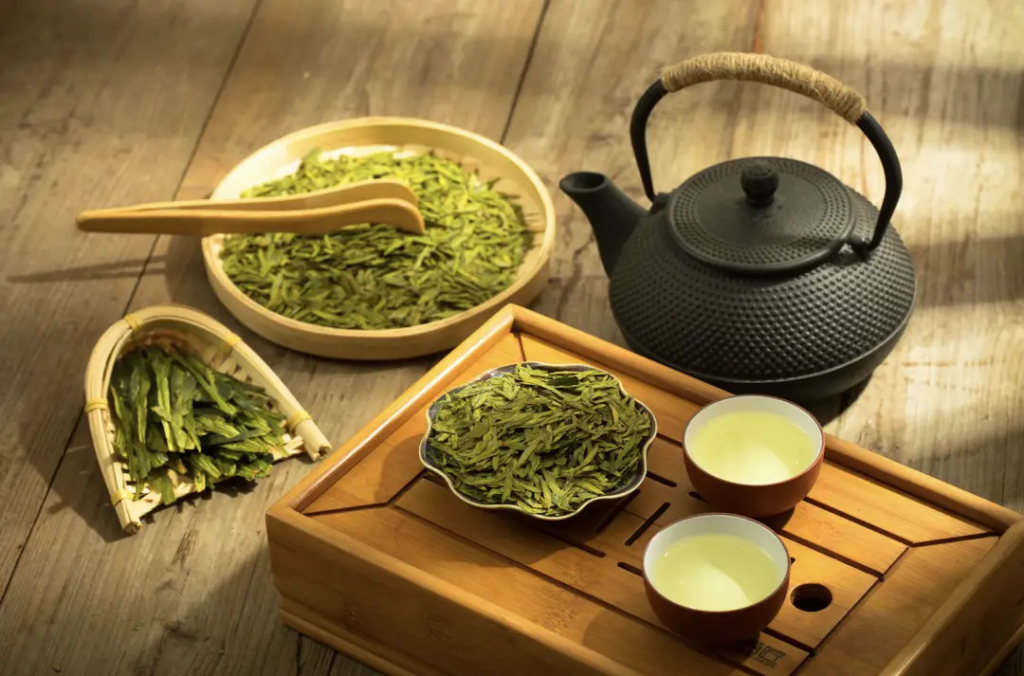The production method of yellow tea involves several intricate steps, each contributing to its unique characteristics. Here’s a detailed guide:

- Leaf Harvesting
- The first step in making yellow tea is to harvest the tea leaves. These are usually picked in the early morning when they are fresh and contain high levels of natural oils and enzymes.
- Withering
- After harvesting, the leaves are spread out on bamboo mats or trays to wither. This process reduces the moisture content of the leaves, making them softer and more pliable for the next steps.
- Fixation (Killing Green)
- The leaves are then subjected to high temperatures, either by pan-firing or steaming, to deactivate the enzymes present in the leaves. This stops the oxidation process and preserves the color and flavor of the tea.
- Rolling
- Following fixation, the leaves are rolled into tight balls or twisted into shapes, depending on the desired final product. This step helps to release the juices within the leaves and distribute them evenly, enhancing the tea’s aroma and flavor.
- Yellowing (Oxidation)
- Yellow tea undergoes a unique oxidation process called “yellowing.” Unlike other teas, which are either fully oxidized (black tea) or not oxidized at all (green tea), yellow tea is partially oxidized under controlled conditions. This is achieved by piling the rolled leaves together and allowing them to sit for a period of time. The heat and moisture generated during this process cause the leaves to turn yellow, giving the tea its characteristic color and flavor.
- Drying
- After yellowing, the leaves are dried to remove any remaining moisture and to prevent further oxidation. This step also helps to develop the final aroma and flavor of the tea. The drying process can be done in various ways, such as using hot air or sun-drying.
- Sorting and Packaging
- Finally, the dried leaves are sorted to remove any impurities and to ensure a consistent quality. They are then packaged in airtight containers to preserve their freshness and flavor.

Notes on Yellow Tea Production
- The yellowing process is critical to the production of yellow tea and requires precise control of temperature, humidity, and duration.
- Different varieties of yellow tea may have slightly different production methods, depending on the region and the desired final product.
- Yellow tea is known for its mellow, sweet flavor and its ability to aid digestion. It is often consumed after meals or as a calming beverage.
By following these steps, skilled tea producers can create a unique and delightful cup of yellow tea that is enjoyed by tea lovers around the world.



